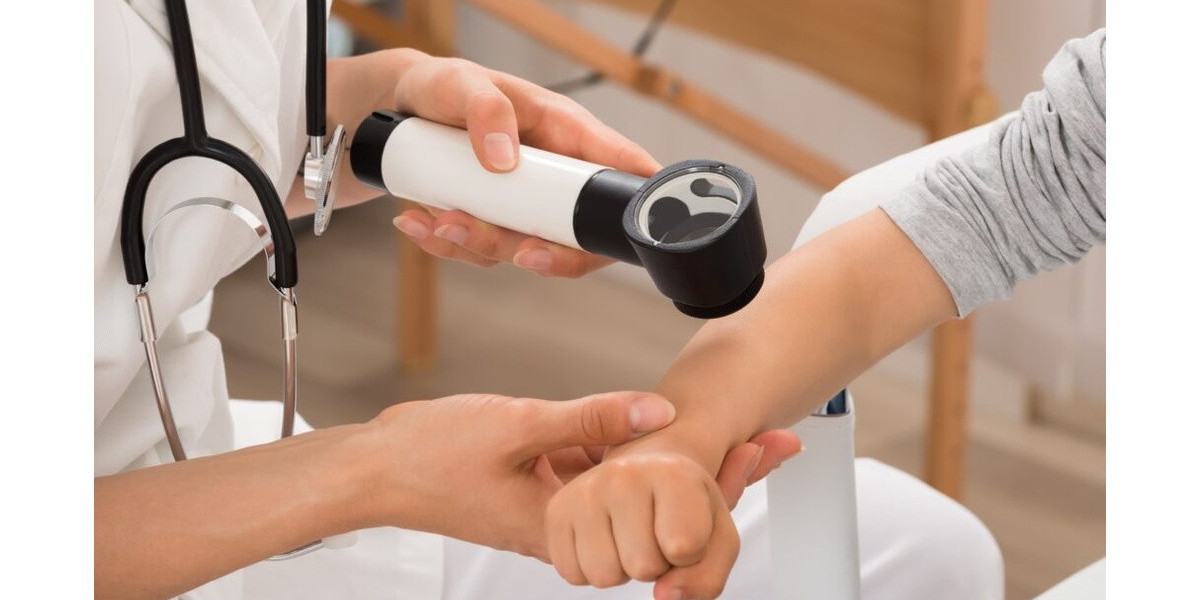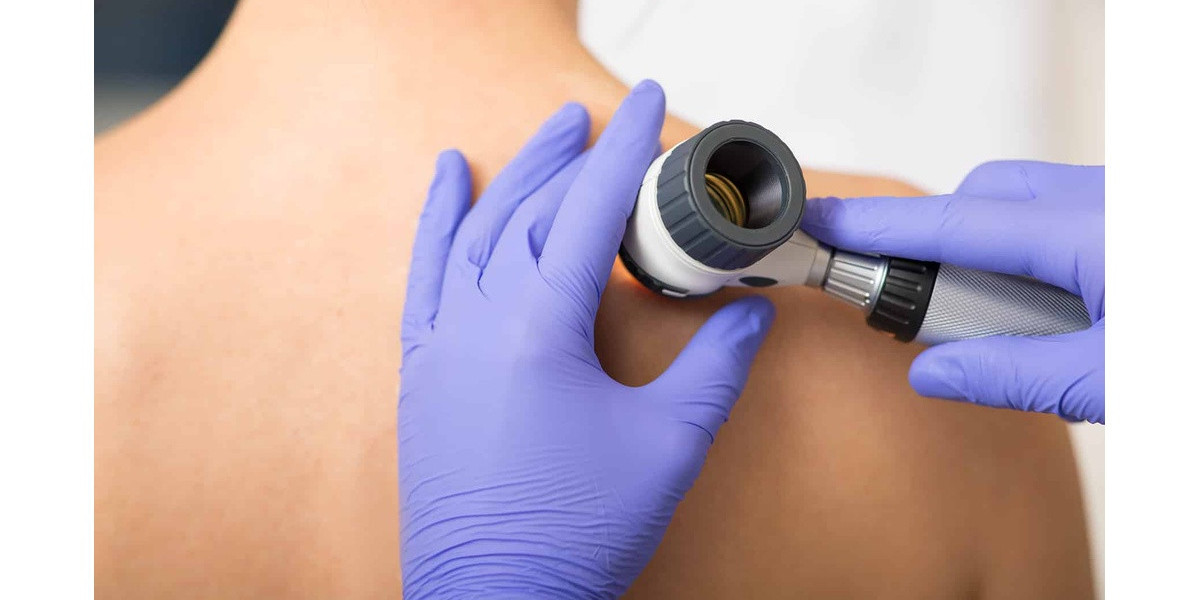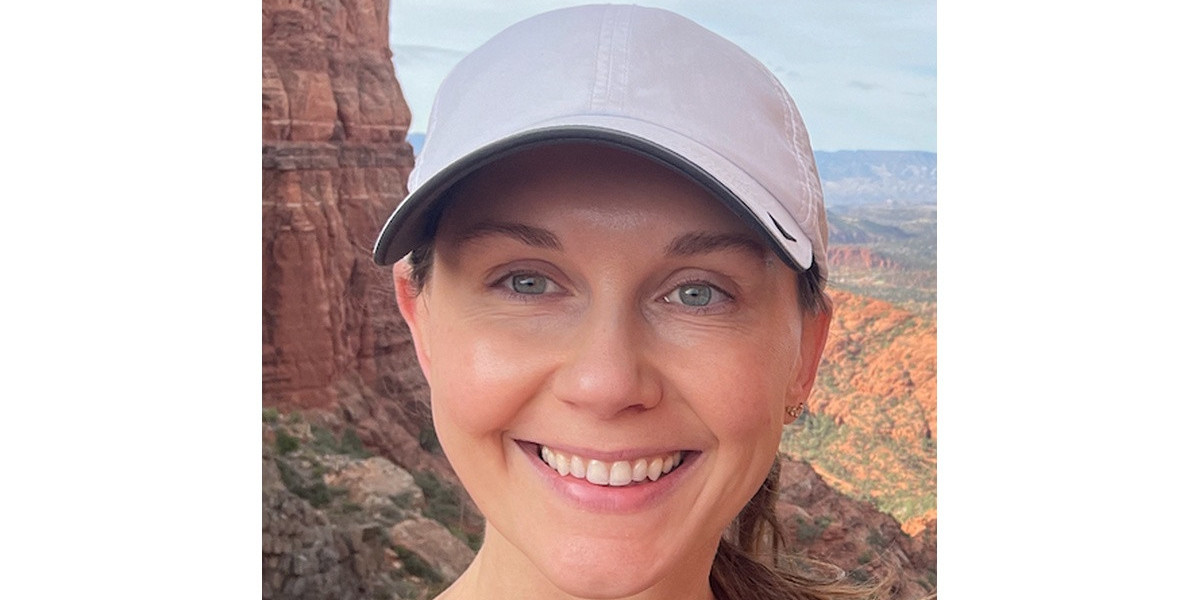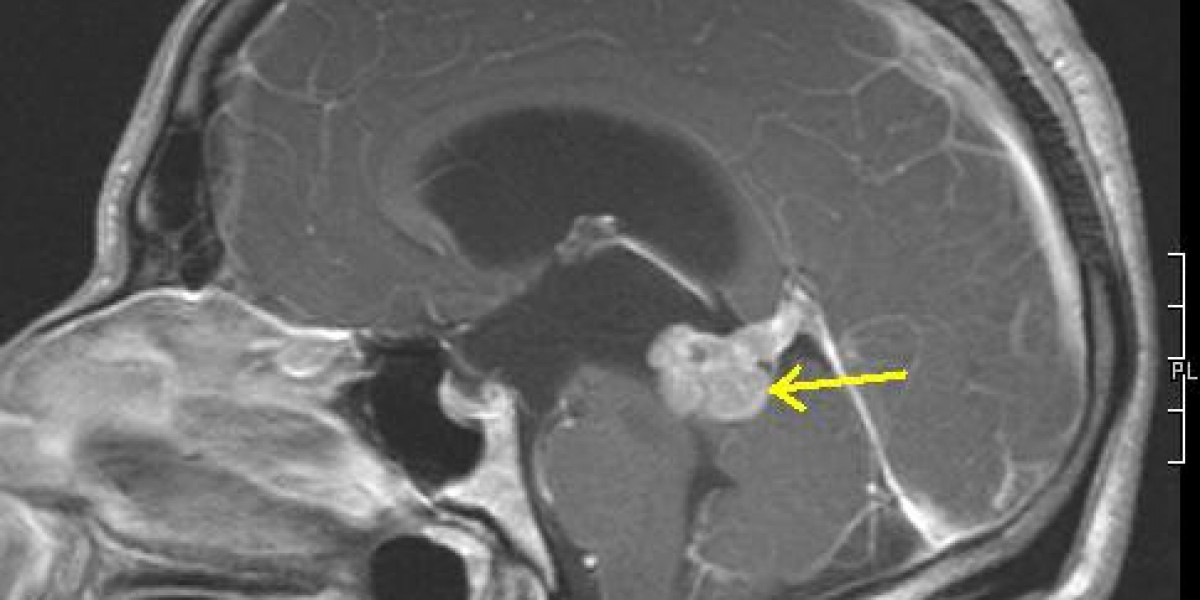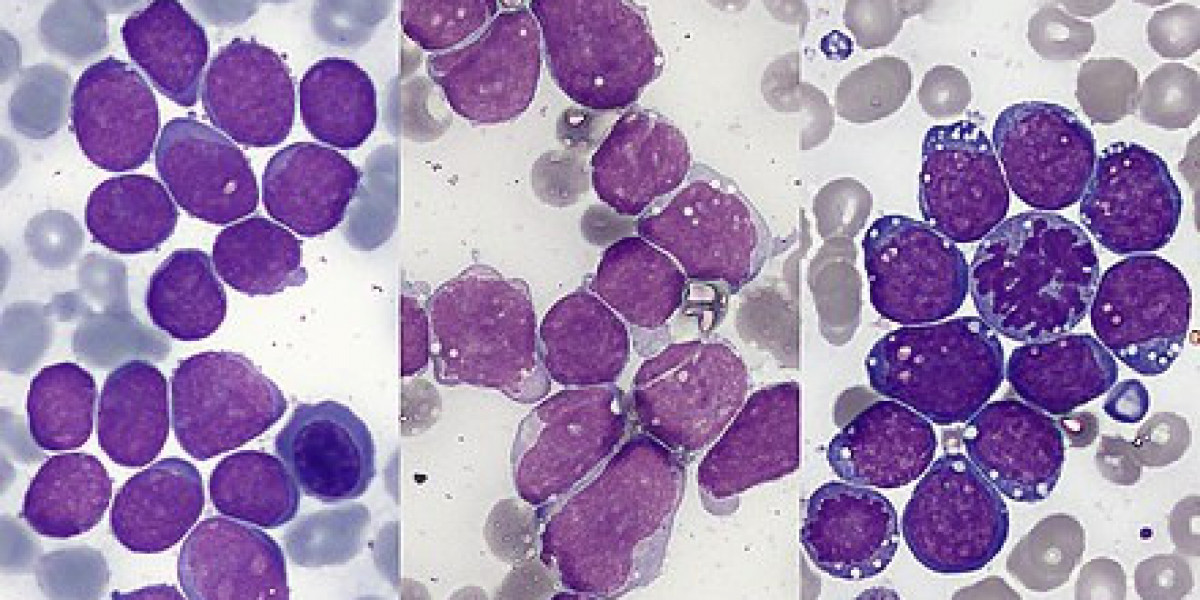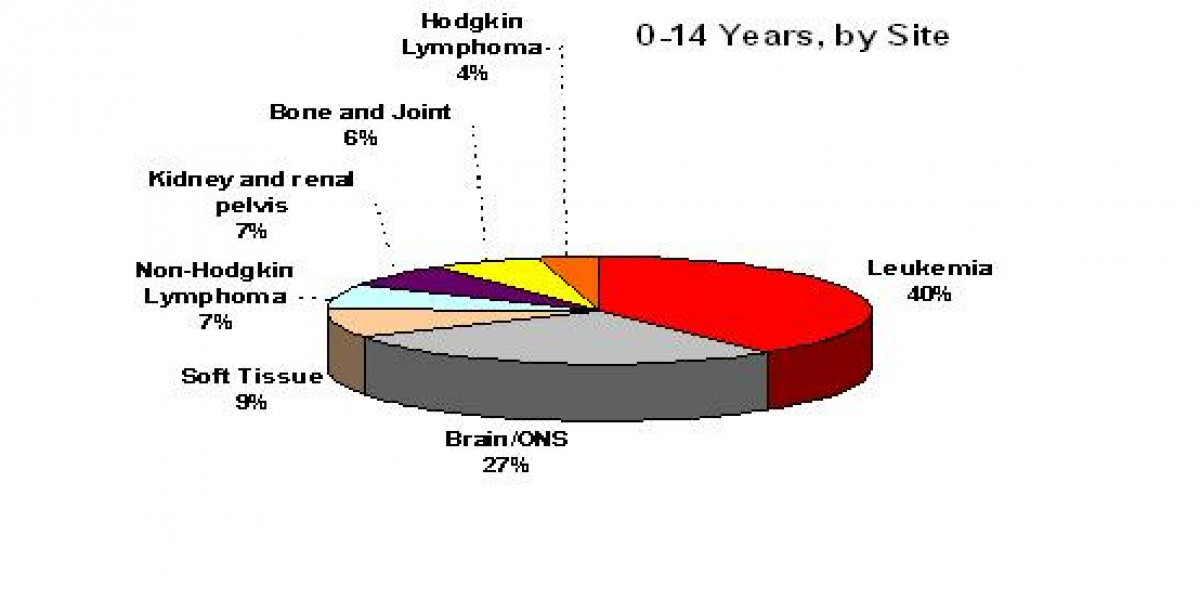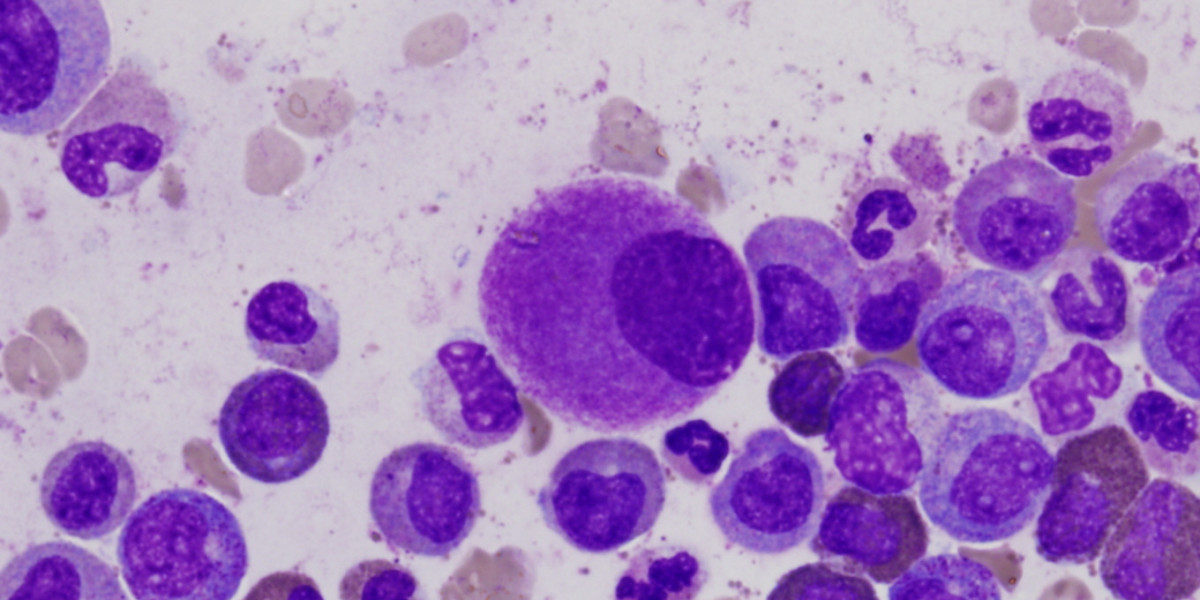Posted by: Skin And Cancer Institute in Skin Cancer
Melanoma is not just an adult condition; it can also affect children. And while it’s rare, about 300 to 400 cases are diagnosed in the United States each year, leaving parents wondering what they can do to protect their children from this life-threatening cancer. Knowing the signs and symptoms of this skin cancer can help to catch the disease in its early stages, when it is most treatable.
Melanoma begins in moles and is the most aggressive form of skin cancer and can be deadly if not caught early. Melanoma starts in melanocytes, the cells that produce the pigment melanin, which gives skin its color. Typically, melanocytes grow in an orderly way and make just enough melanin to protect the skin from ultraviolet (UV) rays. But when something damages a melanocyte’s DNA, it can begin to grow out of control. The abnormal cell divisions cause a mass, or tumor, to form, which crowds out healthy cells and damages nearby tissue. Melanoma can spread to other body parts if not found early and removed early.
Early diagnosis of melanoma is essential for successful treatment, but it can be challenging to spot in young children. That’s because it can look different than adult melanoma. The American Academy of Dermatology Association (AAD) advises parents to look for the following in their children:
It’s essential to keep an eye on your child’s skin for any signs of melanoma. Look for the following:
One way to potentially detect childhood melanoma early is to know the ABCDEs of skin moles.
Asymmetry means that the mole doesn’t look the same on both sides.
Border means the mole has an irregular, ragged, or notched border.
Color means that the mole has multiple colors or is very dark.
Diameter means that the mole is wider than a pencil eraser (about 6 mm).
Evolving means that the mole changes in size, shape, or color.
You must see a dermatologist immediately if you notice any of these changes in a mole. Early detection is key to the successful treatment of childhood melanoma. You can help protect your child from this potentially deadly disease by being aware of the ABCDEs of skin moles.
Although the exact cause of childhood melanoma is unknown, certain risk factors make it more likely for a child to develop this form of cancer. Some risk factors include having fair skin, prolonged exposure to ultraviolet light, and having family members diagnosed with melanoma. Children with a large number of moles or moles that are irregular in shape are also at increased risk. Additional risk factors include:
Melanoma is most often diagnosed through a skin biopsy, in which a tiny tissue sample is taken from the suspicious area for examination under a microscope. If melanoma is found, additional tests may be needed to determine if it has spread to other body parts.
The most common treatment for melanoma is surgery, which involves removing the cancerous tissue and a margin of healthy tissue around it. In some cases, radiation therapy or chemotherapy may also be recommended. With early detection and proper treatment, melanoma can be successfully cured.
While there is no sure way to prevent childhood melanoma, parents can help reduce their child’s risk by taking steps to protect their skin from excessive sun exposure. Also, they can be on the lookout for any unusual changes to their child’s moles or skin. Additionally, regular skin checks by a dermatologist can help to identify any abnormal moles or growths so that they can be monitored closely.
If you are concerned about your child’s risk for melanoma or if you notice any changes in their skin, it is essential to contact the Skin and Cancer Institute for a skin check. Early detection is key to the successful treatment of childhood melanoma. The earlier it is caught, the better the chances are for its cure. So please don’t wait; contact us today .
Call us to speak to a member of our patient service center.
Skin and Cancer Institute operates 40+ locations throughout California, Nevada, and Arizona! Our practices are conveniently located in and near major counties and cities such as Los Angeles , Las Vegas and Phoenix . Our practices offer a wide variety of dermatology services including skin cancer treatments and cosmetic procedures utilizing various types of lasers.
Copyright © 2025 Skin And Cancer Institute, All Rights Reserved.
Terms & Conditions | Privacy Policy | Accessibility Statement
Originally published on Skin & Cancer Institute: https://skinandcancerinstitute.com/what-you-need-to-know-about-childhood-melanoma/
